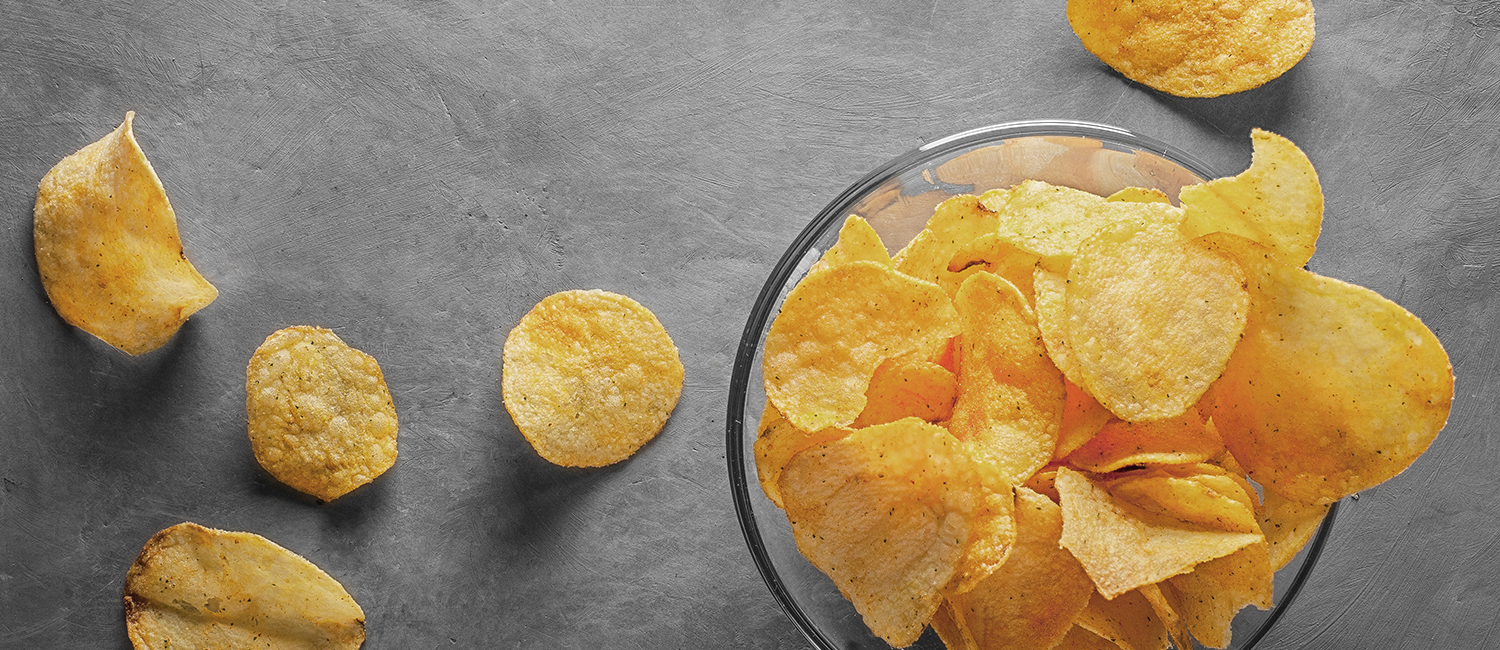
The impact of a Navajo tax on junk food
Tim Behrens is discussing what nutrition means to the Navajo people, and he wants to use a quote. But before he can repeat it, the professor of health sciences is overcome with the emotion of its meaning, so he has to pause and swallow hard. Composed again, he shares the words: “Nutrition is where my umbilical cord is buried.”
The new dean of UWM’s College of Health Sciences didn’t fully understand its meaning until a Navajo member of his research team explained. After a Navajo baby is born, Behrens says, “that spot is marked to you for life. It’s your history. And the earth returns us a bounty of traditional foods, like corn and squash and beans, or like sheep.”
Today, those indigenous foods don’t represent the dietary habits of most Navajos. Many living on Navajo lands in Arizona, New Mexico and Utah are in “food deserts,” places with limited access to fresh foods, with only 13 grocery stores available to serve an area the size of West Virginia. As a result, much of the food Navajo people eat is the less-nutritious type typically found at gas stations and convenience stores.

In 2015, the Navajo Nation imposed a 2 percent junk food tax within its reservation. A tax that small might not discourage purchases, but its proceeds are distributed to constituents for wellness activities, such as walking paths, community gardens and exercise classes.
Behrens joined UWM in 2019 after spending four years at Northern Arizona University. He continues to be part of the research team studying how the money has been spent, how residents feel about it and how health statistics have changed since implementation.
Researchers have been careful to work at the direction of Navajo Nation officials and be respectful of their wishes. “We have said, ‘We’ll be the outside investigator, but it’s yours,’” Behrens explains.
Healthy eating is a challenge for anyone, and plenty of affluent urbanites gravitate toward junk food’s empty calories. Native Americans in food deserts face those challenges and more.
But with its traditions of food sovereignty and former healthy lifestyles of hunting and farming, the Navajo Nation has a model it can try to re-create.
“They could be a shining beacon to show the rest of us what could happen,” Behrens says.